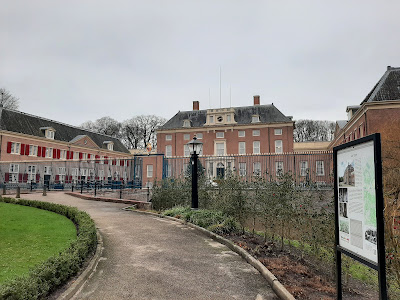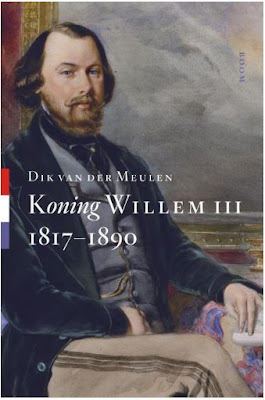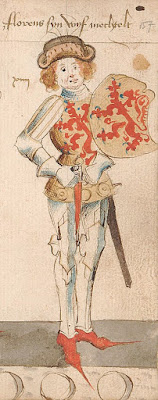Why Zeist Castle is a royal surprise?

Our 2nd castle visit of 2024 took place on January 6th. On a rather grey Saturday we visited Slot Zeist in The Netherlands. Slot Zeist is a castle built in the 17th. century in Zeist, near Utrecht in The Netherlands. We travelled from The Hague to Utrecht by train and then we took the bus to the castle. Some history It all started with Willem Adriaan van Nassau, lord of Odijk, Kortgene, Zeist and Driebergen, a natural grandson of Maurice of Orange and thus a natural great grandson of Willem of Orange, also known as the Silent. Willem Adriaan van Nassau bought the manor of the States of Utrecht in 1677 and had the current castle built. The architect of the house was Jacobus Roman, who also designed Paleis Het Loo. The interior was mainly designed by the Huguenot Daniel Marot. Its largely preserved wall and ceiling paintings are reminiscent of the French Baroque. Construction lasted from 1677 to 1686. In 1745, Slot...






